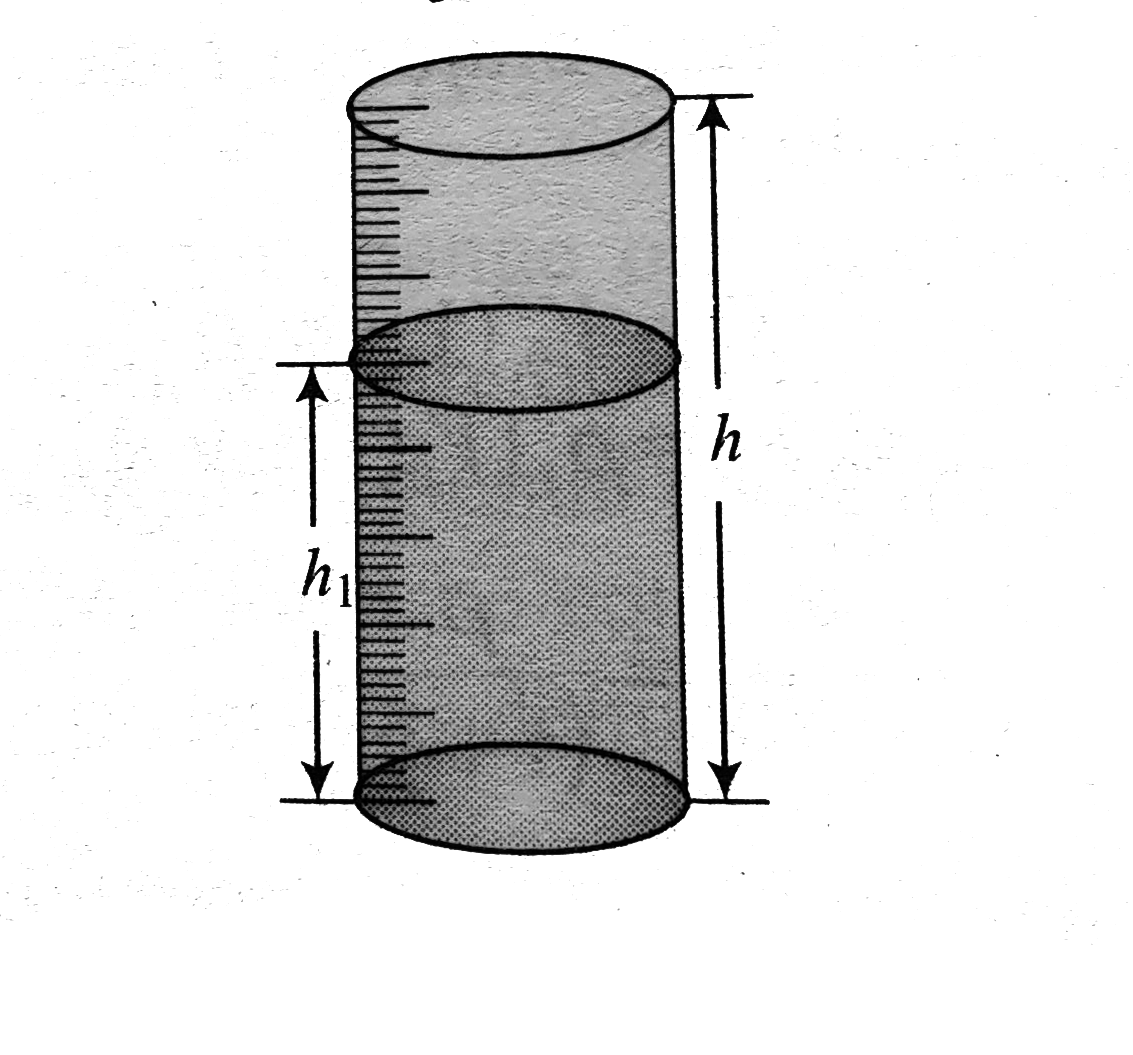How should we take the reading of a liquid level, if the meniscus of the surface is concave
To take the reading of a liquid level when the meniscus of the surface is concave, follow these steps:
1. Identify the Meniscus: First, observe the surface of the liquid in the container. If the liquid forms a curve that dips down in the middle (concave), you are dealing with a concave meniscus.
2. Locate the Lowest Point: Look closely at the curve of the meniscus. The lowest point of this curve is where the liquid level is considered to be.
3. Align Your Eye: To ensure an accurate reading, position your eye level with the lowest point of the meniscus. This helps to avoid parallax error, which can occur if you are looking from above or below the meniscus.
4. Take the Reading: Once your eye is aligned with the lowest point of the meniscus, read the measurement on the scale of the container (like a graduated cylinder or beaker) at that point. This reading represents the accurate level of the liquid.
5. Record the Measurement: Finally, write down the reading you obtained to ensure you have the correct value for future reference.
Topper's Solved these Questions
Similar Questions
Knowledge Check
How does the surface tension of a liquid vary with increase in temperature ?
ARemains sameBDecreasesCIncreasesDNo regular pattern is followed .
How does the rate of evaporation of a liquid depend on
(i) temperature , (ii) surface area?
View SolutionBoiling takes place throughout a liquid and not just at the surface.
View SolutionHow does the surface tension of a liquid vary with increase in temperature ?
View SolutionMolecular forces exist between the molecules of a liquid in a container. The molecules on the surface have unequal force leading to a tension on the surface. If this is not compensated by a force, the equilibrium of the liquid will be a difficult task. This leads to an excess pressure on the surface. The nature of the meniscus can inform us of the direction of the excess pressure. The angle of contact of the liquid decided by the forces between the molecules, air and container can make the angle of contact.
The direction of the excess pressure in the meniscus of a liquid of angle of contact 2π/3 is
View SolutionMolecular forces exist between the molecules of a liquid in a container. The molecules on the surface have unequal force leading to a tension on the surface. If this is not compensated by a force, the equilibrium of the liquid will be a difficult task. This leads to an excess pressure on the surface. The nature of the meniscus can inform us of the direction of the excess pressure. The angle of contact of the liquid decided by the forces between the molecules, air and container can make the angle of contact.
In a meniscus of radius r, with excess pressure p in atmospheric pressure p0, the force experienced is
View SolutionConsider a cylindrical container of cross-section area A length h and having coefficient of linear expansion αc. The container is filled by liquid of real expansion coefficient γL up to height h1. When temperature of the system is increased by Δθ then
(a). Find out the height, area and volume of cylindrical container and new volume of liquid.
(b). Find the height of liquid level when expansion of container is neglected.
(c). Find the relation between γL and αc for which volume of container above the liquid level
(i) increases
(ii). decreases
(iii). remains constant.
(d). On the surface of a cylindrical container a scale is attached for the measurement of level of liquid of liquid filled inside it. If we increase the temperature of the temperature of the system by Δθ, then
(i). Find height of liquid level as shown by the scale on the vessel. Neglect expansion of liquid.
(ii). Find the height of liquid level as shown by the scale on the vessel. Neglect expansion of container.

View SolutionMolecular forces exist between the molecules of a liquid in a container. The molecules on the surface have unequal force leading to a tension on the surface. If this is not compensated by a force, the equilibrium of the liquid will be a difficult task. This leads to an excess pressure on the surface. The nature of the meniscus can inform us of the direction of the excess pressure. The angle of contact of the liquid decided by the forces between the molecules, air and container can make the angle of contact.
If the excess pressure in a soap bubble is p, the excess pressure in an air bubble is
View Solution
